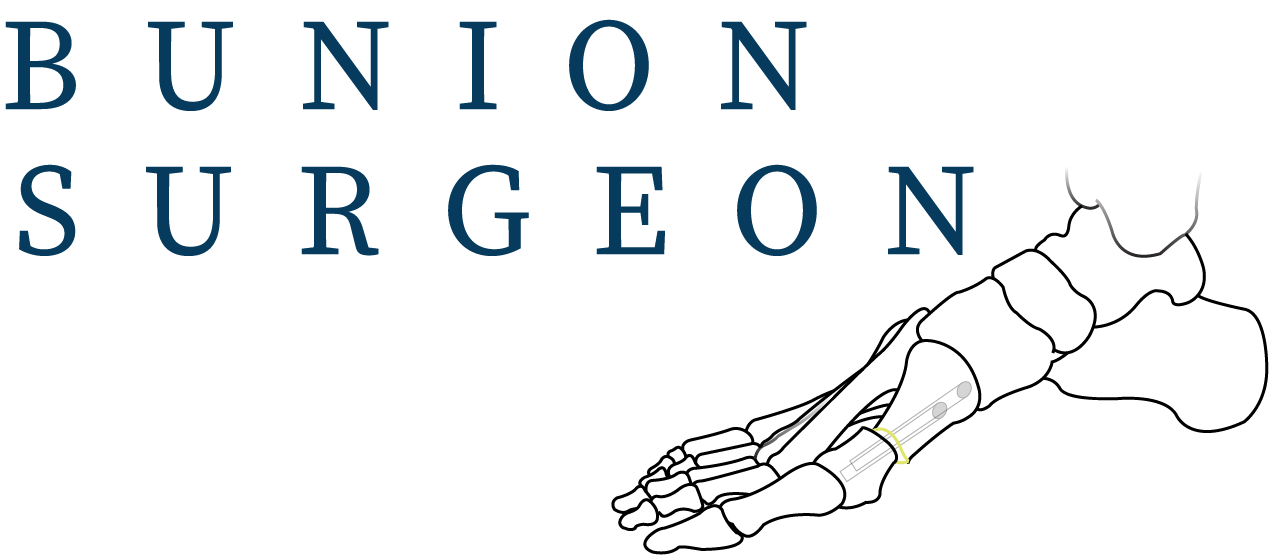

Bunion Correction and Hypermobility
Date published: 2024-07-09
Bunions are a common foot condition where a bony lump forms at the base of your big toe. The bunion can develop because of different factors associated with hypermobility, also referred to as excessive joint flexibility. In this article we will discuss how a bunion develops because of hypermobility, how the condition can be treated, and how they are connected.
How are bunions related to hypermobility?
Bunions happen when your big toe leans in the direction of the second toe and leads the MTP (metatarsophalangeal) joint to form a bony lump, by way of protrusion. They can also be hereditary or occur due to tightly fitted footwear. However, hypermobility tends to make the condition worse. The term "hypermobility" means joints that move beyond the usual range of motion that nature permits them. This is a condition that often happens because of lax tendons and ligaments in the affected area.
What effect does hypermobility have on bunions?
There are several ways in which hypermobility can make bunions develop. If the joint is more flexible than it should be it can make the foot unstable, and this can lead to the bones losing their alignment with a greater degree of ease. This means that in such cases, the first MTP joint becomes wrongly aligned, and this increases the likelihood that a bunion will form. If you have hypermobile joints, you might face greater strain on the tendons and ligaments, that surround your big toe, and this aggravates the bunion further.
What are the challenges in correcting bunions that are caused by hypermobility?
The challenges in correcting bunions because of hypermobility are unique. The conventional techniques for correcting bunions, such as orthotic devices and some surgeries might not be able to provide you with long-term relief. The stability of your foot can also be compromised by the problem, which can make it even harder for the surgeon to realign the joint.
How can one treat a Bunion caused by hypermobility?
Customised orthotic devices can help stabilise the affected foot and also redistribute the pressure away from the deformity. If the muscles around the affected foot and ankle are strengthened, it can make you more stable overall, and that will help reduce the risk of the bunion coming back. Manual therapy techniques like soft tissue manipulation and joint mobilisation are capable of making the joint mobile and thus help in reducing pain.
The lapidus fusion procedure is recommended as a surgical treatment for people who suffer from a bunion and hypermobility. Surgery is the only way to correct a Bunion.